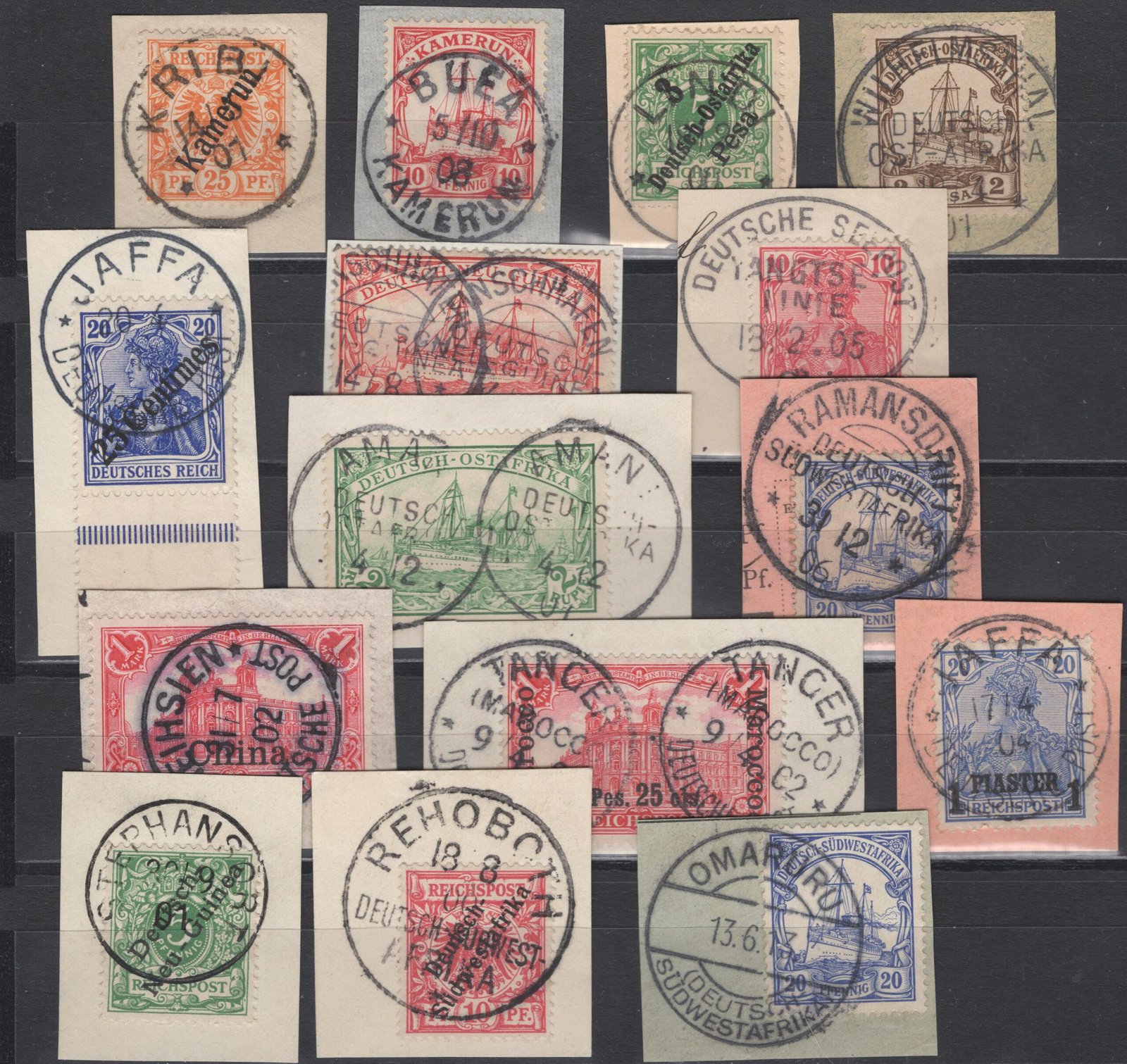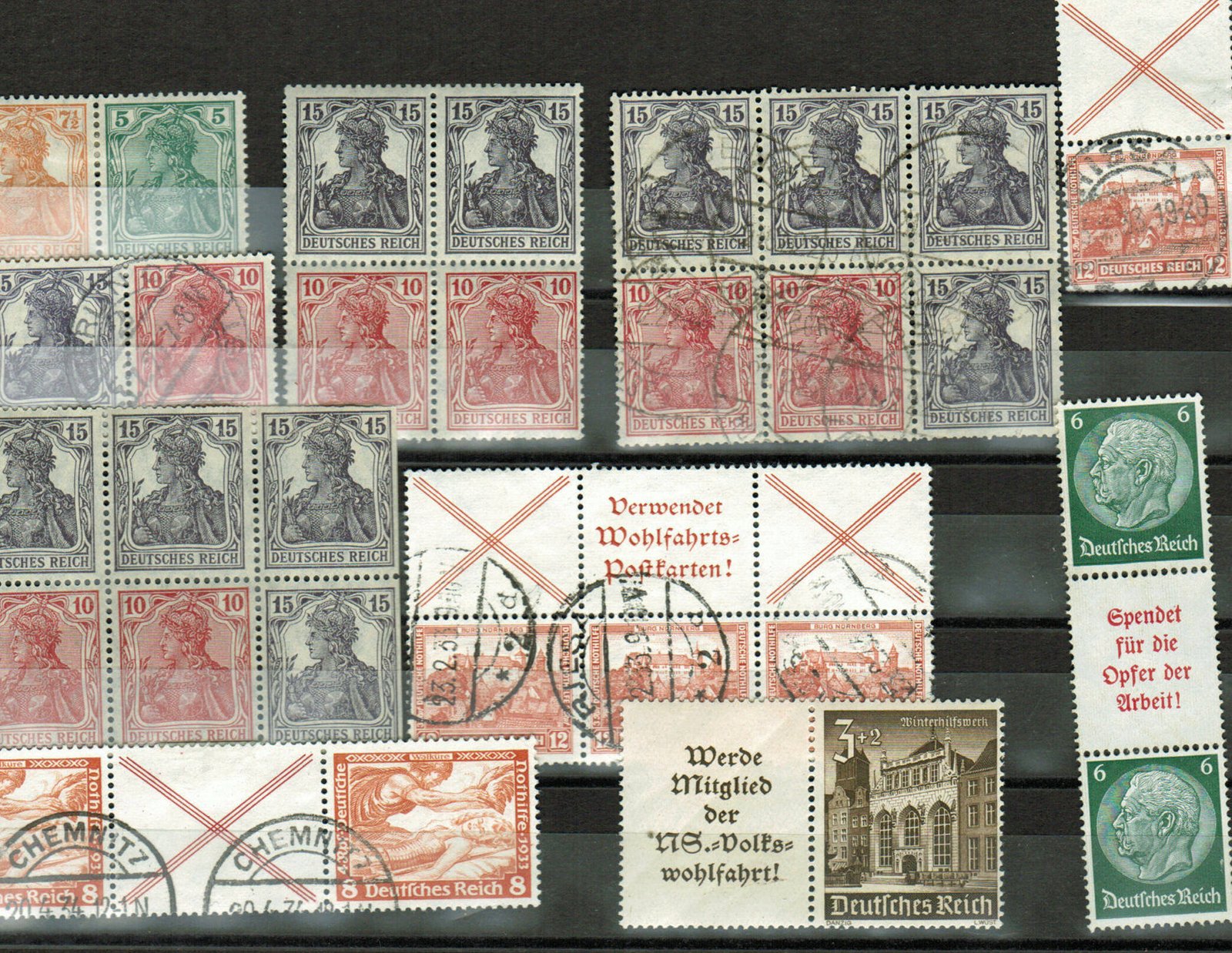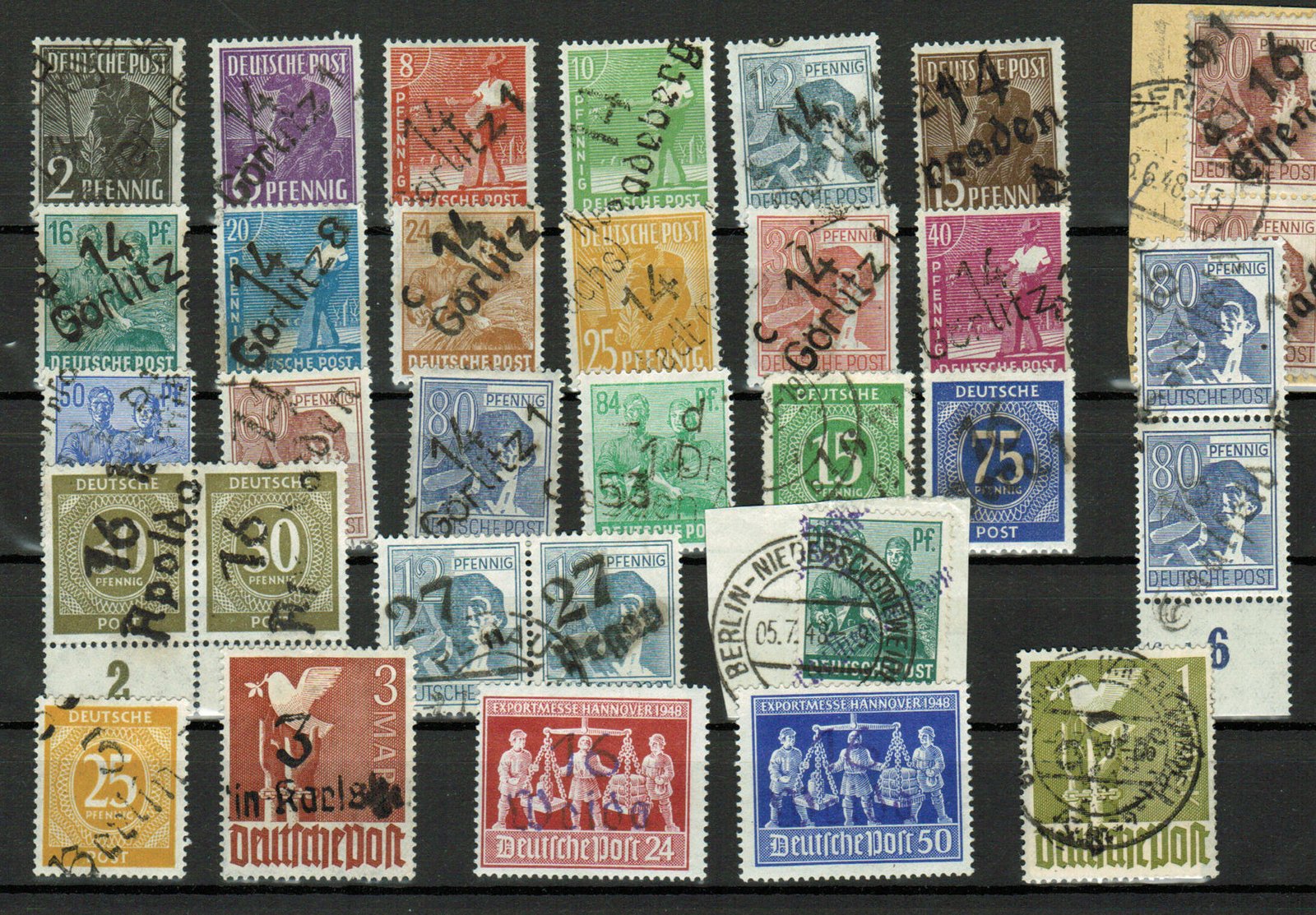More Specialized Areas for Austria and German Collecting
Most stamp collectors start their collections of the German and Austrian areas using either Scott or Michel catalogs and collect the major catalog numbered issues. As their collections advance they often expand what they collect to include the many minor varieties of stamps listed in the Michel catalogs. These varieties include color shade varieties, perforation varieties, and proofs. Given the huge number and expense of these issues long time collectors often turn to assembling different collections from Austria and Germany. Here are a few:
Cancel collections. The most popular cancel collections are of the early Austria issues of the 19th century. There are several thousand major cancel varieties that can be assembled from these issues and most are very inexpensive when collected on the more common stamps from that period. Cancels can be assembled by town, and/or by town and cancel design. There are several catalogs covering these issues. Edwin Mueller’s “Handbook of Austria and Lombardy-Venetia Cancellations on the Postage Stamp Issues of 1850…1864″ published in 1961 is considered to be the definitive cancel catalog. It can be found in German and in English.

German offices and colonies cancels is also a very popular area for collectors – although there are hundreds different cancels it is possible to put together a pretty complete collection of readable town cancels for the offices and colonies. There are several good catalogs listing and pricing these cancels. The definitive catalog is by Albert Freidemann, “The Stamps and Cancels of the German Colonies and the German Post Offices Abroad.”
Other popular cancel collections include the cancels of specific German states, slogan cancels of WWII, and special cancels of WWII.
Austria Post cards/postal stationery – There were many different forms of postal stationery used since the first postal issues of 1850 – post cards, money orders, pre-franked envelopes, telegrams, letter cards, etc. These items are listed in the Michel Austria Specialized catalog and the Stanley Gibbons catalogs. Most postal stationery items are not expensive but are very attractive items.

Zusammendrucke Stamps – Setenant combinations of stamps and labels is a very popular collecting area. As Scott catalogs for the most part ignore these issues, a Michel Germany catalog is required to knowledgeably collect and organize these issues.

Handoverprint Stamps of Post WWII – After WWII during the Allied occupation period the occupying countries formed the Allied Control Commission which issued postage stamps valid in all four occupied zones of Germany and Berlin. After the Monetary reform of 21 June 1948 , the Soviet Military Administration (SMA) broke away from the allies and established its own monetary reform invalidating stamps previously jointly used. Soviet produced stamps, however, were not issued until July 3. Therefore the SMA authorized use of the remaining stocks of pfennig valued stamps issued under the joint administration at 1/10th of face value. Each post office was required to “overprint” these stamps with a distinct stamp. These “overprinted” stamps were valid until 31 July 1948. These stamps were “overprinted” with the cancelling devices of each post office thereby creating a huge variety of different overprints. There are literally thousands of distinctly different stamps created by the many post offices in the Soviet Zone and East Berlin. It should be noted that there are many, many stamps existing with “fake” overprints and these stamps should be purchased only if they have been properly expertized. (I would estimate that at least 95% of these issues which are found and are not expertized are in fact forgeries.)

Stamps with Nazi Propaganda Cancels. The Third Reich was extremely efficient at using the postal system for propaganda purposes. They issued many stamps depicting themes supporting NAZI goals and they created many cancels exposing NAZI ideals and themes. There are essentially two types of propaganda cancels – special cancels designed to commemorate NAZI events and themes and “slogan” cancels which were added to the normally used town cancels. Both types of cancels are extremely popular with collectors of WWII period philately.

Germania Stamps – Germania stamps are definitive stamps that were issued by the German empire and the Weimar Republic between 1900 and 1922, depicting the image of Germania. Germania is not the actual image of a real person although it was designed after a German actress. The image represents the German empire rather than a specific individual. Germania stamps were issued in Germany and occupied countries and were later overprinted by local governments is previously occupied German areas after WWI.
Germany Inflation covers – During the inflation era in Germany of 1919 through 1923 monetary inflation increased at an ever accelerating rate. The rapid change in monetary values forces equally rapid changes in postal rates. Some rates were in effect for only days or weeks before being replaced by even higher rates. These rate changes created a fertile field for philatelists! It is possible to assemble a substantial collection of covers and cards depicting the changing rates.
